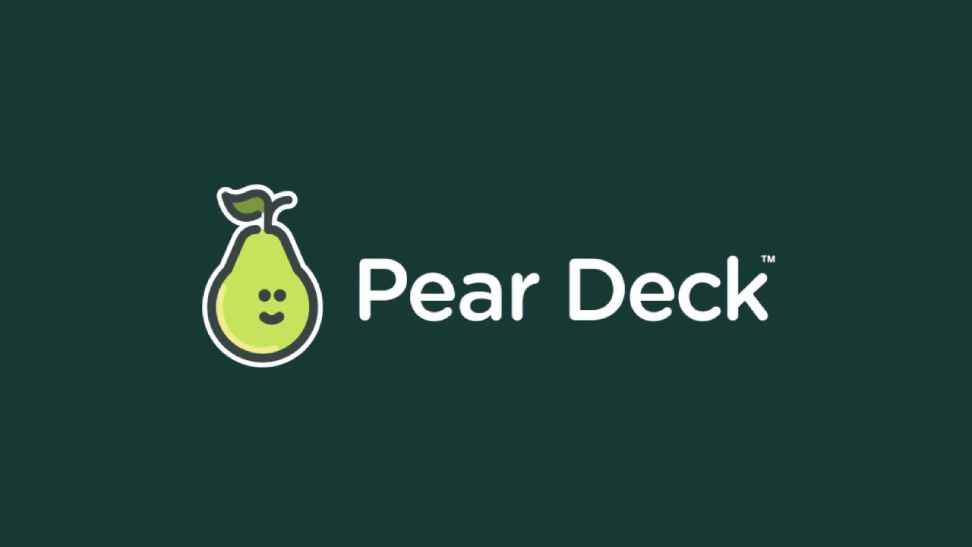Pear Deck provides teachers and presenters with an innovative way to create interactive presentations designed for maximum engagement. But if you’re planning on usingJoin PD with larger audiences, you might be wondering if there are restrictions on the number of users who can participate. Let’s dive into that.
The Answer: Yes and No
The limits on Pear Deck users depend entirely on your subscription level:
- Pear Deck Free: With the free version of Pear Deck, there’s a limit of 30 active student responses per session. This means only 30 participants can interact directly with your slides and submit responses at any given time. However, more students can still join the session as observers.
- Pear Deck Premium: If you opt for the premium subscription, the limit on active student responses is completely removed. This means an unlimited number of participants can join the session and actively interact with your presentation.
Understanding Active Responses
It’s crucial to differentiate between Join Pear Deck session and providing active responses:
- Joining: Students can join the session even if they don’t intend to respond to every question or interactive slide element.
- Active Responses: These involve actions such as submitting answers, drawing on slides, or interacting with specific slide features.
Practical Considerations
While the Premium subscription offers “unlimited” student responses, some considerations might still apply in practice:
- Internet Bandwidth: Smooth operation of a Pear Deck session with many participants depends on adequate internet bandwidth for both the presenter and students.
- Device Availability: Students need a laptop, tablet, or smartphone to connect to a Pear Deck session. Availability of devices could become a limiting factor in some settings.
- Performance: Although Pear Deck is designed for large audiences, there might be a slight performance impact with extremely high numbers of simultaneous, active participants.
Strategies for Larger Audiences
Even with the free version of Pear Deck, you can engage with large student groups effectively:
- Break into Smaller Groups: Divide the class into smaller groups and rotate them through your presentation to stay within the active response limit.
- Team Collaboration: Encourage teamwork for responses, reducing the number of required active submissions.
- Mix Interaction Types: Design your presentation with a blend of slides requiring individual responses and others intended for discussion or observation.
You May Also Like – How to Join Nearpod Session Using join.nearpod.
The Choice is Yours
Whether you teach large classes or present to massive audiences, Pear Deck offers flexibility. The premium plan ensures unlimited participation, while some creative strategies allow you to leverage the free version successfully with larger groups.
Have A Look :-
- What Is Content Writing?
- What Is Content Marketing?
- What Is Blogger Outreach? How To Do Blogger Outreach?




